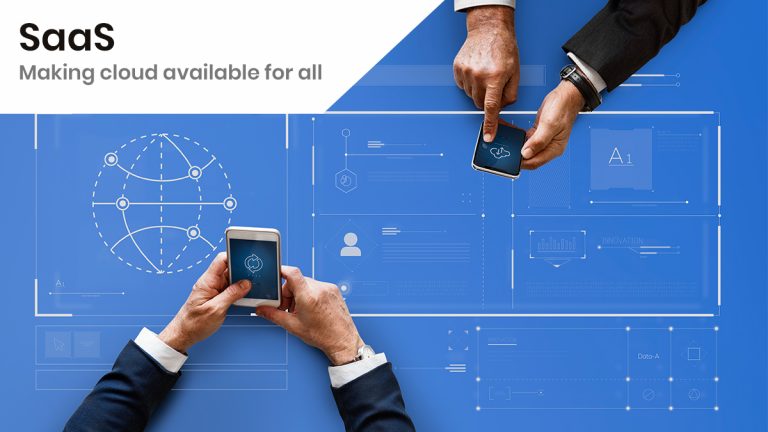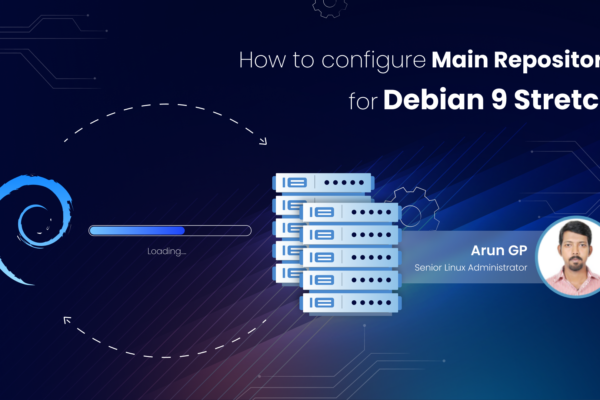While cloud computing models like IaaS or PaaS may be used mostly by organisations or IT professionals, SaaS or Software as a Service is the most common cloud computing model used by the general public, even if they’re not aware of it. SaaS is known for its quick deployability, easy scale-up, and their subscription model. Let’s have a detailed look at SaaS.
What is SaaS?
In an IaaS model, the infrastructure is maintained and managed by the provider, and you build everything on top of it. In PaaS, you get a platform and development tools from a PaaS provider and using these tools, you build your application. Now in SaaS, you don’t build any software or maintain the servers. You simply use the software.
Except, unlike the software you install on your computer or your phone, first of all, your data is not stored( completely) on your phone. For example, when you’re using Adobe photoshop, all the processing is done on your computer, and all the images are stored there itself. But consider Canva. It’s a popular image editing tool. You can use it through the mobile app or from a web browser. In this case, you don’t install the software, it is delivered over the internet. And all the images you have created, all the data is stored in the provider’s servers. (In the case of the app, data may be stored in the phone as well, but even if you uninstall, a complete backup is available over the cloud). Another great example would be Facebook or just about any social media.
SaaS for enterprise users
In the early days of SaaS, the providers merely hosted the software and storage for their clients. But as of now, SaaS providers develop the software and deliver it over a network. SaaS was born in the 1960s due to the prohibitive cost of computers as a time-sharing system. Even today, the lower cost compared to other options is driving the growth of the SaaS industry.
While the consumer SaaS industry is huge, the Software as a Service model is also widely popular among enterprise users as well. Many management software, such as CRM software, Hospital management software, payroll management software, etc are usually available in a SaaS model. Salesforce CRM is one of the most popular CRMs available as SaaS. Hubspot and Google Analytics are other examples of SaaS software used by enterprise users.
The preference for software as a service is not without good reason.
Advantages of Software as a Service.
Quick deployment
To install and deploy the software across an entire organisation requires considerable resources. But in a SaaS model, you simply have to provide the login credentials for the employees and they can access it through their web browsers. This is the main reason why organisations prefer SaaS. Considerable resources are required to develop custom software, test it, and to have the hardware set up, as well as to maintain the software. Why bother with all that effort when you can simply purchase a fully functional software off the shelf? And most vendors will provide customization.
For example, many clinics and hospitals rely on SaaS software for managing their appointments. The vendors usually customise the software with the clinic’s or hospitals’ logo or colour scheme. And most of the vendors provide dedicated customer service 24/7. In this case, you don’t just subscribe to a software, you’re subscribing to an IT team.
Subscription service
Software as a Service is usually available as a subscription. Depending on your needs, you can easily get a plan that fits well for you. The best part about this is that you reduce your hardware requirements to a minimum. And if at some point you decide that you decide that the software is not working for you, you can keep your losses to a minimum.
The other benefit of a subscription service is the continuous updates that you get. As long as you’re subscribed to the service, you will get all the updates made to the software by the vendor. And you don’t have to manually install them every time there’s a new update. Since the software is available through a browser, there’s nothing you have to do from your side in case of an update. And this can make a huge difference in an organisation. Imagine having to manually update the software in all the computers in an organisation?
Easy to scale up
Like most cloud services, SaaS is easy to scale up. As the number of users increase, or as the amount of data increases, the organisation can easily scale up. And the best part about Software as a Service is that you don’t have to worry about it at all. As the number of users, simply subscribe to a higher plan and you’re good to go.
For example, if you have to manage a larger number of customers, you just move to a higher plan. Just like how you would shift to a larger plan on Netflix when more and more people start using your account. The point being, you don’t have to worry about purchasing more hardware or testing the application for more users. All that will be managed by the provider.
Low hardware requirements
Now this is one of the reasons why I love SaaS. I have a very old low spec laptop, on which I’m afraid to install anything. Even Ms Office. But with SaaS, you don’t need a high-end laptop, even for otherwise computationally intensive works. I mean, I don’t know what will happen if I tried to open Adobe Photoshop on my computer, but with Pixlr, I can do almost everything I can do on Photoshop without worrying about my laptop exploding.
The hardware costs apply to organisations as well. With SaaS, you don’t have to purchase high-end devices for every employee or maintain servers for storing the data. As storage requirements increase, the organisation doesn’t have to purchase additional hardware and set it up either.
SaaS is simple, easy, and low cost.




